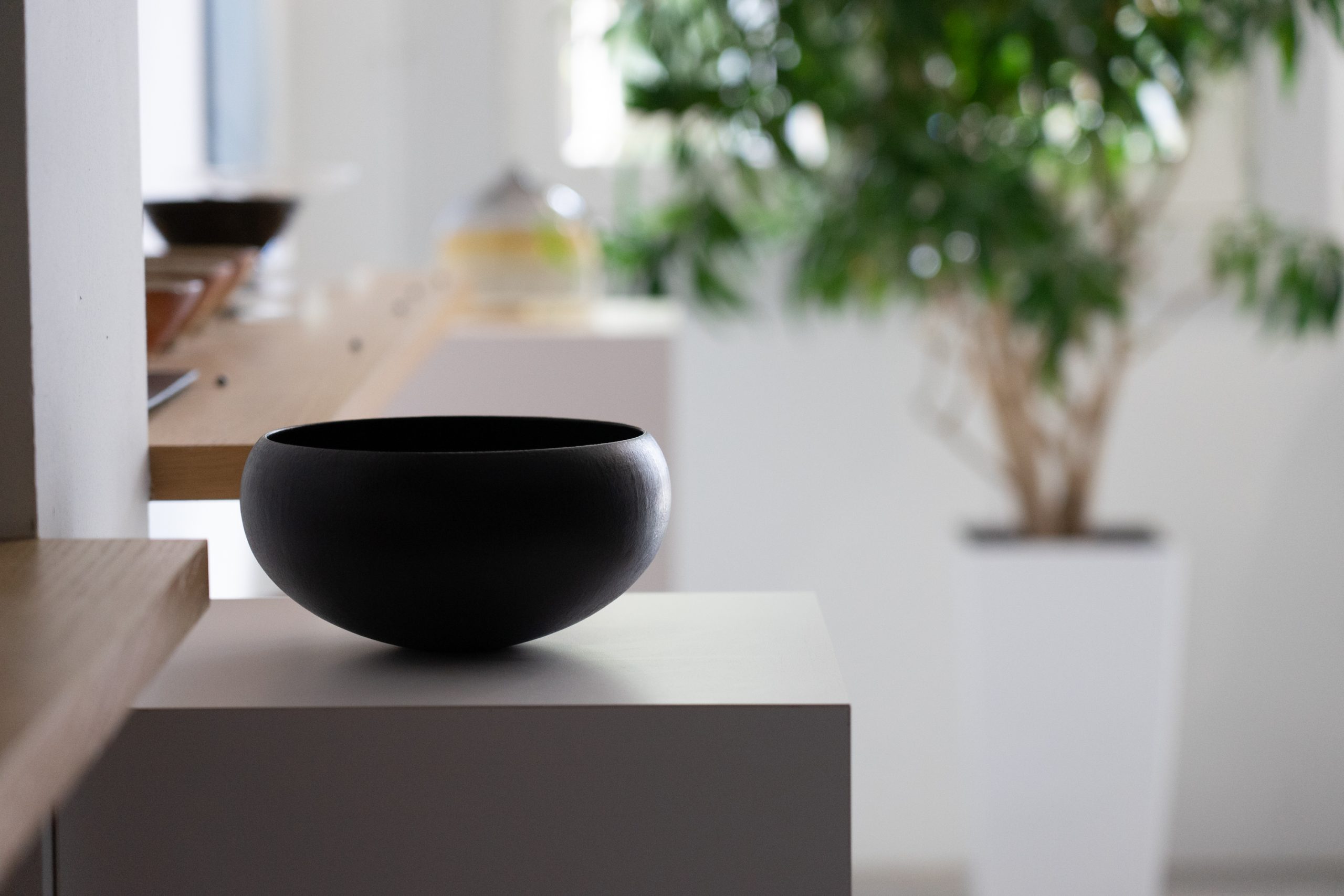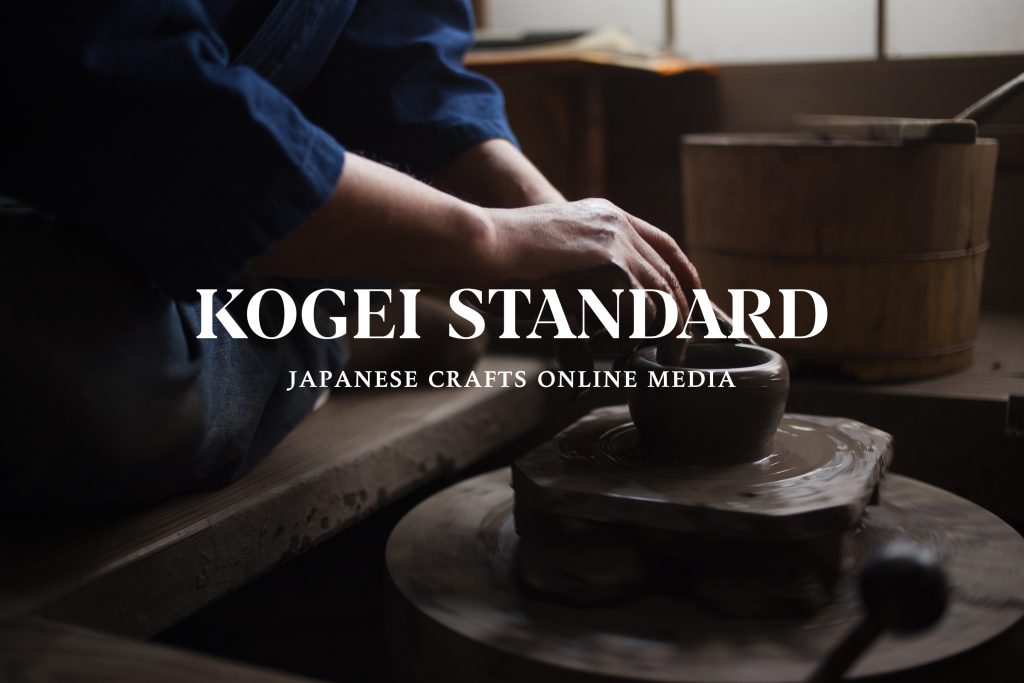What does it mean to be a curator of kogei, or Japanese crafts, today? Originally, the term “curator” was used in Japan to refer to a specialist who has studied art or history as an academic discipline and works in a museum or art gallery. However, it is now sometimes used to refer to someone who gathers and passes on information from a unique perspective. I myself am not a formally qualified curator and have no experience of working in a museum, but I select works to show in our gallery based on my own aesthetic sense and explain the origins of these works to customers on a daily basis. In this respect, it can be said that I am playing a curatorial role.
Japanese crafts, like paintings, sculptures, and other fine arts, have a long history, and there is no limit to the amount of knowledge one can acquire. As a gallery owner, it is essential for me to have meaningful knowledge about Japanese crafts and the regions they are produced in. I have been continuing to learn on my own, both from technical books and by talking and listening to the artisans who produce these crafts. In Japan, there are many books on various crafts such as ceramics, lacquerware, and textiles, and Japanese people like me can learn a lot from them. However only a limited number of those have been translated into English or other languages, and I often feel this difficulty and scarcity as I try to convey the charms of Japanese craft to people in Singapore.
One of the most important roles a contemporary crafts curator plays is that of a mekiki, or “connoisseur.” In this age of overflowing goods and information, it is becoming more and more important in the field of kogei to be able to recognize the value of these items and understand how to incorporate them into our daily lives. In order to cultivate such a sensibility, I believe it is important to first become familiar with as many crafts and works of art as possible, and to understand how those works that are called masterpieces came to be. In the case of ceramics, many things can be sensed even through photographs from the beauty of works from the “Six Ancient Kilns” of olden times, such as those of Rosanjin and Kanjiro Kawai which have influenced many artists. I believe that those who are able, through both study of the timeless aesthetic of such masterpieces and direct experience of the works of contemporary makers, to suggest the beauty that today’s society seeks are true connoisseurs.
One of the core tasks of a curator is to exhibit and display. When we hear the word “exhibition,” we tend to think of large art galleries or museums. Regardless of the size of the venue, though, for a curator one of the most exciting things is to display art works in a meaningful and beautiful way. An exhibition is not just about looking at a single work of art in isolation, but how to harmonize it with the surrounding works and environment. This is not something that can be done easily and quickly. It’s a strange thing, but even in a space like our gallery, one’s impression of a piece can vary greatly depending on the time and place. When I am able to read these changes and create my own unique view of the world, this work becomes even more enjoyable.
I used to have the impression that the word “curator” has only come into use in modern times, but it can be said that the ways in which Sen no Rikyu and other tea masters expressed wabi-sabi through the use of various foreign utensils, and the Mingei movement, in which products were made by anonymous craftsmen, was named “Mingei” precisely to convey a new sense of beauty, were kinds of curatorial activity. In the same way, even today it cannot be said that Japanese crafts are very widely recognized overseas, and so the major role of our gallery is to create new avenues through which to share their meaning. These paths are not something that can be created in just a few days. It is only through the accumulated efforts of each and every day that a new path is brought into existence.
Yusuke Shibata


